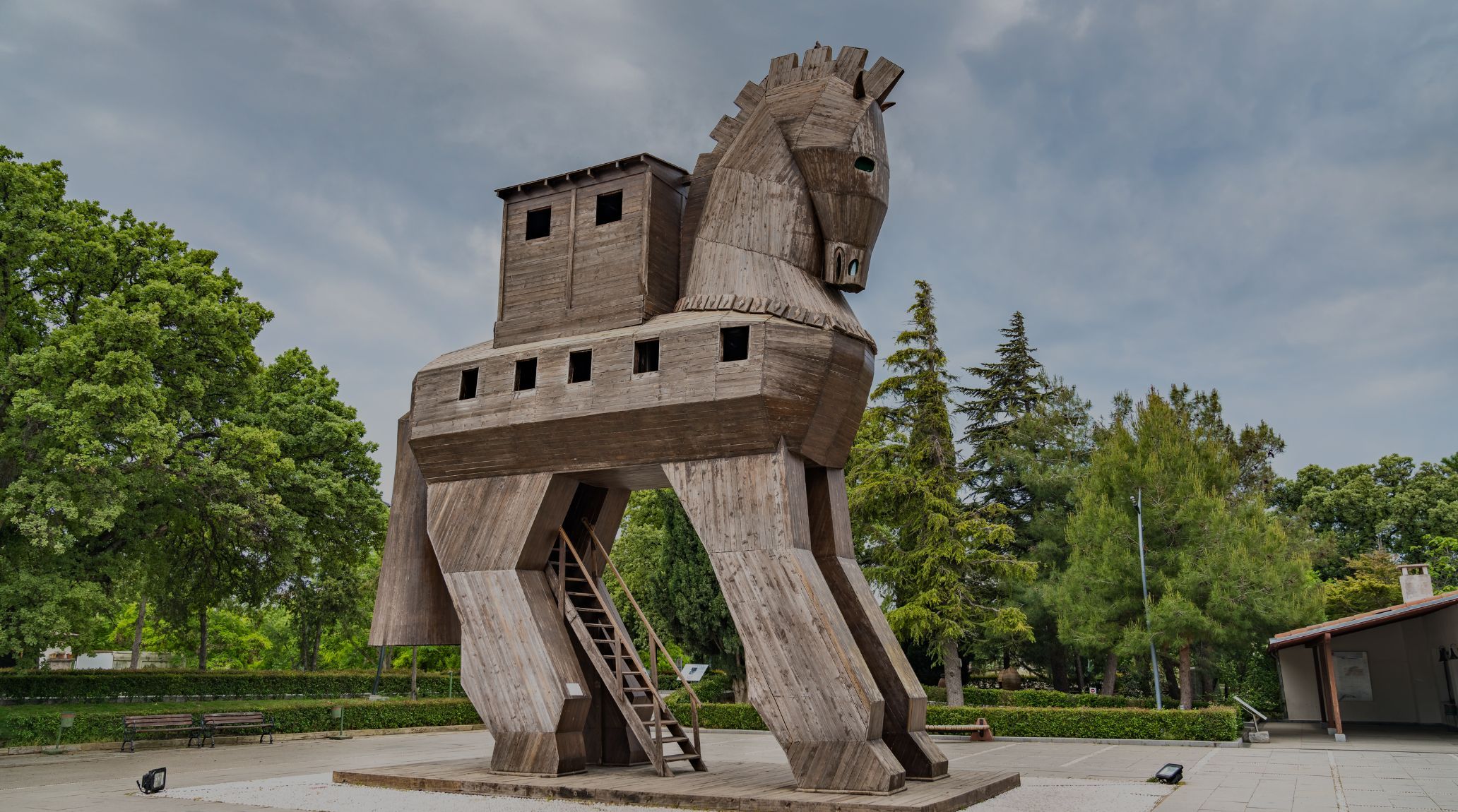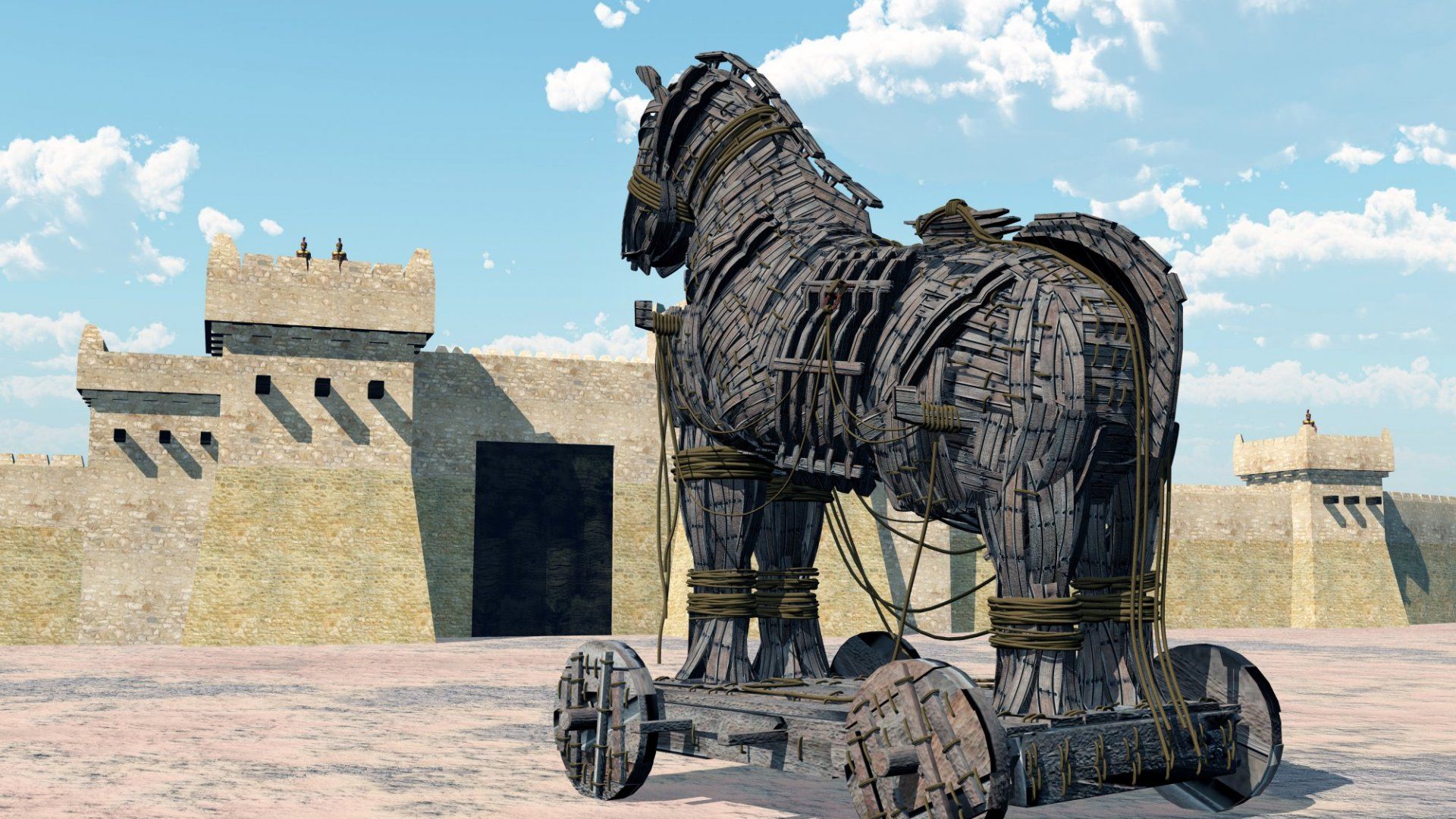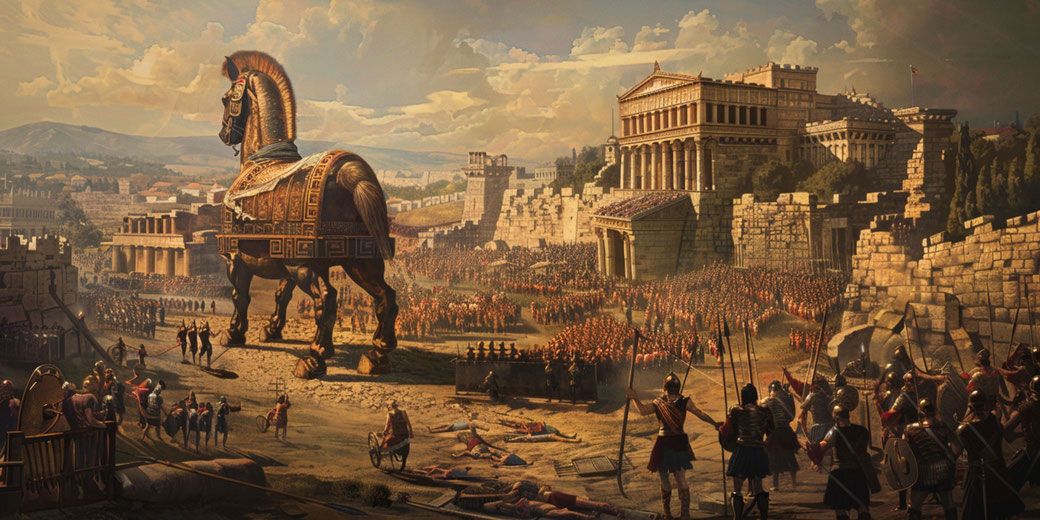
“
The Trojan War, one of the most legendary conflicts in ancient history, has captivated the imaginations of people for millennia. This epic tale, immortalized in Homer's "Iliad" and other ancient texts, weaves together themes of heroism, divine intervention, and tragic love. In this blog, we explore 20 amazing facts about the Trojan War, shedding light on the myths, legends, and historical elements that make this saga so enduring.1
1
”
The Trojan War is believed to have occurred in the 12th or 13th century BCE. Its historicity remains debated, blending myth and reality. Homer's "Iliad" brings this epic tale to life.1
Homer's works, especially the "Iliad" and "Odyssey," are foundational texts of ancient Greek literature. These epics provide vivid narratives of heroism and divine intervention. They continue to influence storytelling today. 2
The war began with Helen’s abduction by Paris, sparking a legendary conflict. Considered the most beautiful woman, her allure led to devastating consequences. This single act set the stage for a ten-year siege. 3

The Greeks devised a cunning plan using a wooden horse to infiltrate Troy. This deceptive tactic resulted in the city’s downfall and is now synonymous with betrayal. The phrase "Trojan Horse" represents cunning strategies even today.
Achilles, the greatest Greek warrior, is known for his fierce anger throughout the war. His wrath not only shaped battles but also personal relationships. This theme of rage is central to the "Iliad." 4
Cassandra, a Trojan princess, possessed the gift of prophecy but was cursed to be disbelieved. Her warnings about Troy's fate went ignored, showcasing tragic irony. This curse exemplifies the war's complex themes. 5
Hector, Troy's mightiest defender, faced Achilles in a dramatic duel. His death marked a pivotal moment in the war, embodying the tragic nature of heroes. His legacy endures as a symbol of courage and honor. 6
Aeneas, a Trojan hero, escaped the city's destruction and later became a legendary figure. His journey led to the founding of Rome, linking the Trojan War to future empires. This connection emphasizes the war's lasting impact on history. 7
Achilles met his end at the hands of Paris, who struck him in his vulnerable heel. This event not only concluded his legendary prowess but also introduced the idea of fatal weaknesses. 8
Renowned for his intelligence, Odysseus devised the Trojan Horse strategy. His cunning often turned the tide in critical moments of the war. This cleverness established him as a model of resourcefulness in Greek mythology. 9
King Priam’s heartbreaking plea to Achilles for Hector’s body is a poignant moment in the "Iliad." This act of desperation highlights the personal tragedies amidst the larger conflict. It reflects the deep humanity present in wartime. 10
Penthesilea, the Amazon queen, fought fiercely for Troy and was ultimately killed by Achilles. Her bravery and strength challenged traditional gender roles in warfare. Achilles' mourning of her beauty shows the complexity of warrior relationships. 11
The gods were heavily involved in the war, choosing sides and influencing events. Their interventions illustrate the ancient Greeks' beliefs in divine power and fate. This aspect adds a rich layer of complexity to the narrative. 12
Agamemnon's decision to sacrifice his daughter Iphigenia for favorable winds reveals the war's moral dilemmas. This tragic choice underscores the costs of war beyond the battlefield. It reflects the personal sacrifices made by leaders. 13

The Trojan War combines mythological elements with possible historical events, blurring reality and fiction. This mixture has fascinated scholars and storytellers for centuries. It serves as a foundation for understanding ancient Greek culture.
Crafted by the god Hephaestus, Achilles' shield depicted the cosmos and human life in intricate detail. This masterpiece symbolized not only Achilles' strength but also the broader themes of the war. It serves as a powerful visual representation of the epic. 14
Laocoön's desperate warning against the Trojan Horse is a dramatic moment in the story. His fate after warning the Trojans adds a layer of tragedy to the narrative. This reinforces the theme of ignored advice in the face of impending doom. 15
After Troy's fall, Hector's infant son, Astyanax, was thrown from the city walls to prevent revenge. This brutal act illustrates the war's devastating human cost. It highlights the tragic aftermath of the conflict for Trojan families. 16
Nestor, the wise king of Pylos, provided valuable counsel to the Greek leaders. His insights reflect the importance of experience and strategy in warfare. He symbolizes the voice of reason amid chaos. 17
The Trojan War continues to inspire modern literature, films, and art, demonstrating its enduring appeal. Its themes of heroism, betrayal, and fate resonate with contemporary audiences. 18


